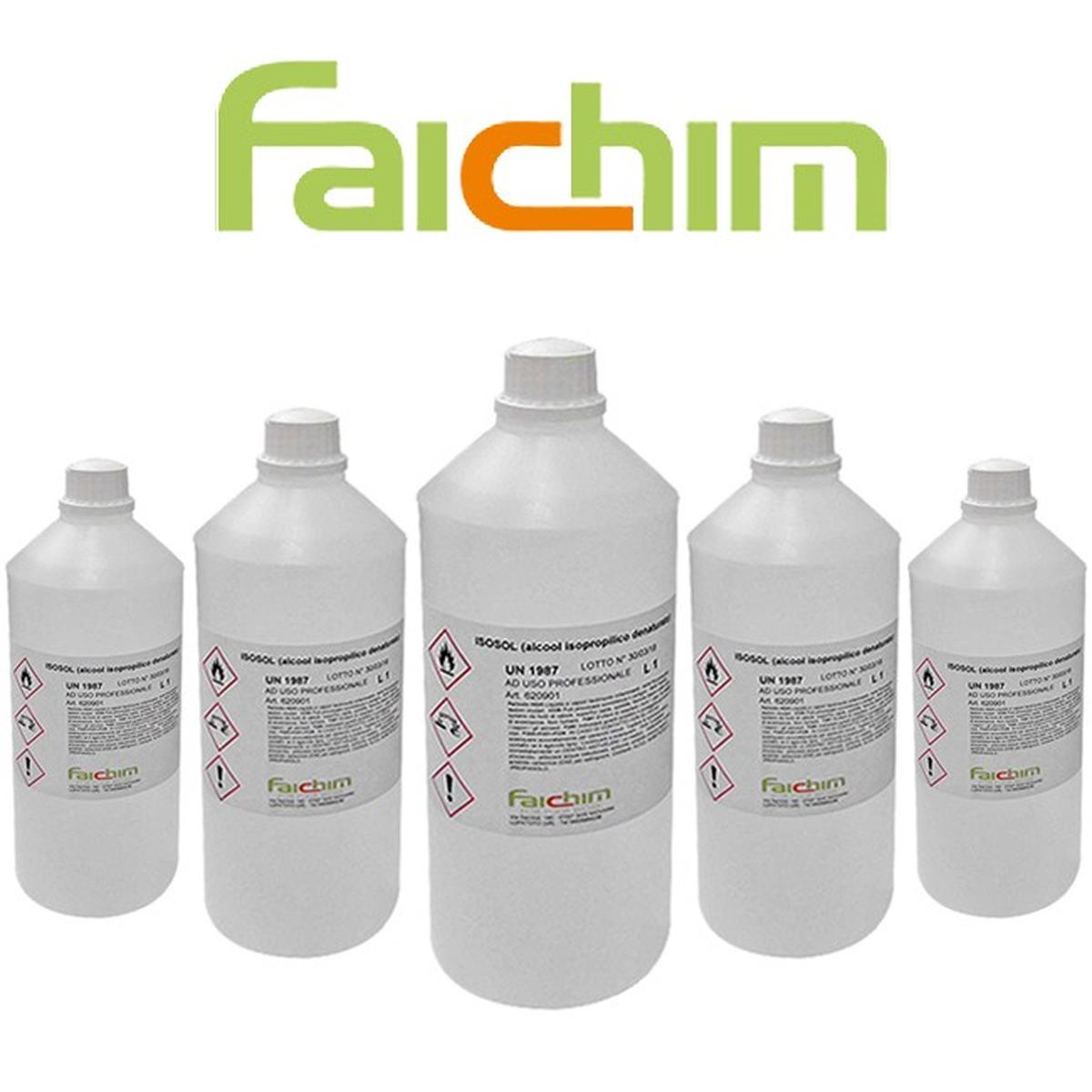

Remove the excess alcohol from the swab by shaking it off.Now take a cotton swab and dip it into your prepared cleaning solution (alcohol).Take bellow brushes and blow away all the dust particles existing on the microscope with little pressure (making sure to protect the microscopic parts).You can also sanitize your hands with an alcoholic hand sanitizer containing 60% of alcohol. After you’re done cleaning it, discard the used gloves and wash your hands for almost 20 seconds.Always wear gloves while wiping and disinfecting your microscope.Important Precautionsīesides regularly cleaning and disinfecting your microscope, one should always follow the necessary precautions to promote a hygienic environment. Do not use any other organic solvent, or else the plastic parts will be at risk of damage.

You can use ethanol (up to 70%) as it’s the safest chemical, protecting your equipment body. It is a process that helps kill all the germs residing on a microscope. Once it’s cleaned, do not touch the lens with your hands. The next step is to further cleanse it with a cloth drenched in lukewarm water. It will help you eliminate the stains if any. Soak a piece of cloth with a toxic-free detergent in a small amount to wipe the microscopic frame. Hence, these portions should always be kept clean and disinfected to get good magnifying results. We usually employ an eyepiece, objective lens, focusing knob, stage handle, and microscope arms to see a specimen. It prevents the spreading of infection in the surrounding. The first step is to clean the microscope and then come disinfecting it entirely! One shouldn’t confine himself to just cleaning slide or a microscope but disinfecting it is also essential. It is necessary to wipe out the dust or dirt particles if seen in these areas. The most prominent part of a microscope is its frame that consists of arms, base, and body. Two Primary Steps – Cleaning & Disinfecting This way, you can gently remove the dust particles with just a little usage of chemicals. Now keep this alcoholic cloth on the microscope’s particular region and deeply cleanse it. Take a cloth and pour 1-2 drops of this alcohol on it. If this doesn’t work, the next option is to acquire pure isopropyl alcohol. We would advise you to initially utilize distilled water to wipe your equipment or remove the dust particles with an air shot. Using these active ingredients can damage or destroy your microscope lens (its components and construction). Why do we recommend carefully using the solvents? Being chemicals, These materials are not always suggested while cleaning a microscope. Every time you cleanse it, know that it will leave scratches to some extent. Use the cleaning materials to thoroughly clean a microscope when you see visible dust particles on it. Furthermore, it’s not always essential to clean microscope optics after using it. If, in any case, you’ve employed a cleaning agent that wasn’t for the specific microscope, it might cause damage to its surface. Every manufacturer gives its rules and recommendations to practice equipment.
#Microscope objective clean with rubbing alcohol free
A bar of soap or detergent – free from color & fragrance.Most microscope and related suppliers utilize the following things to deep clean a microscope: Additional Information to Protect Microscopeīefore understanding the entire process, we should know about the materials generally used for this purpose.Two Primary Steps – Cleaning & Disinfecting.Materials Used in Cleaning a Microscope.


 0 kommentar(er)
0 kommentar(er)
